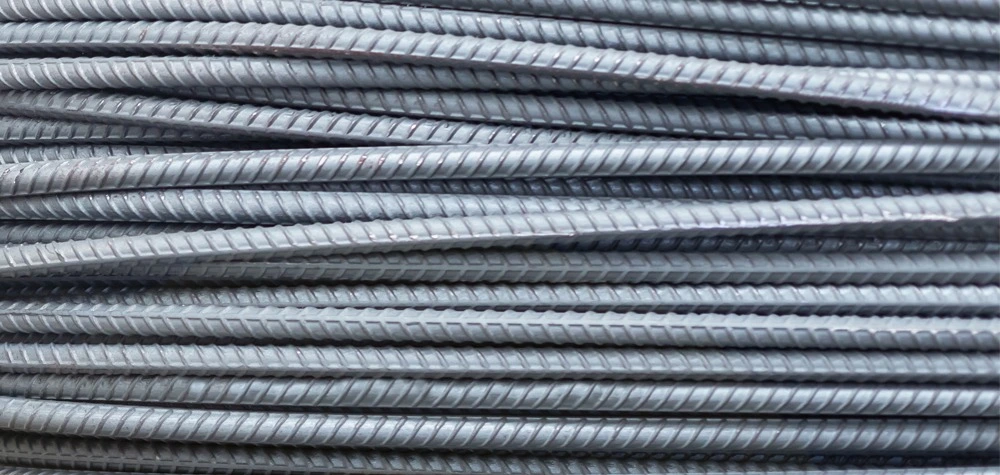What is the difference between TMT, HYSD, and TOR Steel Bars?

Materials used in construction play a pivotal role in ensuring the long-term strength and durability of a structure. Steel bars hold significant importance in the construction process. Different types of steel bars are available in the market for construction. Therefore, selecting an appropriate type of steel becomes crucial in the construction as it enhances the strength of the construction structures,
In this article, we are going to look at some known types of steel bars currently used in the construction industry – HYSD bars, TMT bars, and TOR steel. Let’s delve into the specifics of each and understand the key differences.
What is TMT Bars?
The full form of TMT stands for Thermo-Mechanically Treated bars, TMT bars are known for their tensile strength and durability in the construction industry. The manufacturing of these steel bars is done through a process called – the Thermax process, these bars are designed to have a hardened outer core and a soft inner core.
These bars exhibit high tensile strength, making them suitable for a variety of construction applications.
What is HYSD Bars?
HYSD is an acronym that stands for High Yielding Strength Deformed Steel. These steel bars are known for their flexibility and durability in the construction industry. The manufacturing of these HYSD steel bars is unique as they are formed at a hot temperature and then they are coldly twisted.
These bars are widely used in construction projects such as bridges, high-rise buildings, and industrial structures.
What is TOR Steel?
TOR stands for Toristeg Steel Corporation of Luxembourg, which is a brand name in Europe. The technical term for it is CTD, that is, Cold Twisted Deformed. TOR is a type of HYSD steel, it undergoes a process where the steel bars go through a heat process and are coldly twisted and later it is deformed.
TOR bars are versatile steel bars employed in construction, highways, bridges, etc.
Difference between HYSD, TMT, and TOR steel bars
1. Manufacturing Process
The major difference between HYSD and TMT bars is the manufacturing process. TMT steel bars go through a process of water quenching as compared to HYSD and TOR steel which go through heat rolling or cold twisting.
2. Structural Composition
TMT bars possess a ductile microstructure and a strong crystalline surface, which provides a stronger outer structure and a flexible inner structure when compared to HYSD steel bars.
3. Residual Stresses and Tensile Strength
TMT bars have enhanced tensile strength as they have less residual stress in contrast to HYSD bars.
4. Torsional Stress
TMT bars don’t go through any physical deformation during their manufacturing, thereby eradicating any form of torsional stress and reducing the probability of surface defects.
5. Corrosion Resistance
TMT Bars have a controlled proportion of chemical ingredients. Carbon, Sulfur and Phosphorus in the right quantities produce the high durability and stronger protection from environmental weathering and corrosion.
6. Hardening Process
TMT bars achieve hardening through water quenching, reducing the need for explicit hardening processes and decreasing energy consumption.
7. Versatility in Construction
TMT bars make them suitable for a diverse array of construction projects due to their higher flexibility and durability in comparison to HYSD bars.
8. Material Consumption
Utilizing TMT bars in construction can result in an 4% to 6% reduction in steel consumption compared to HYSD bars.
9. Affordability
Another major difference between hysd and tmt bars is the affordability of these steel bars. TMT steels are more budget-friendly when compared to HYSD bars, making them a cost-effective choice for various construction applications.
ARS Steel is one of the leading TMT steel manufacturers, known for producing strong and durable products. You can visit the website to learn more about TMT steel bars.



